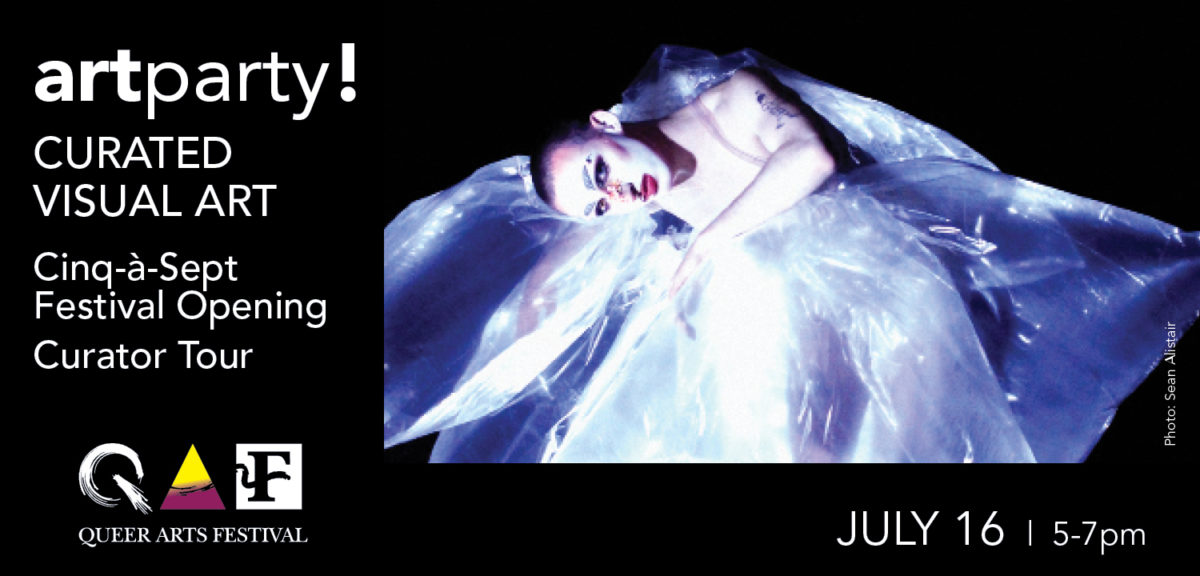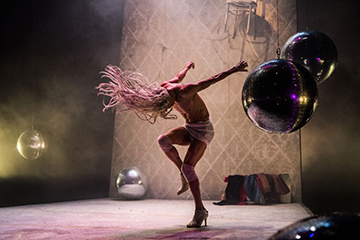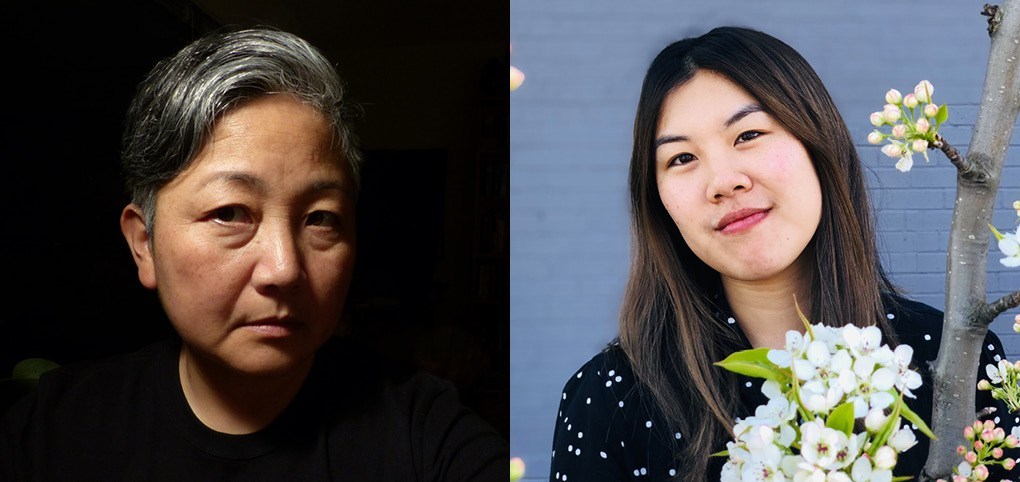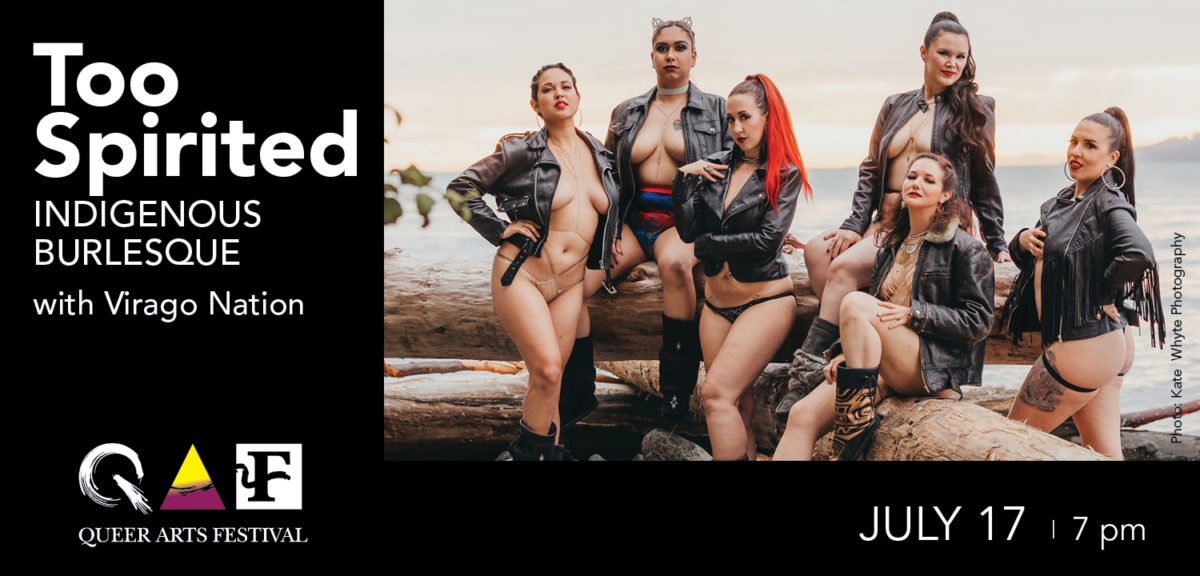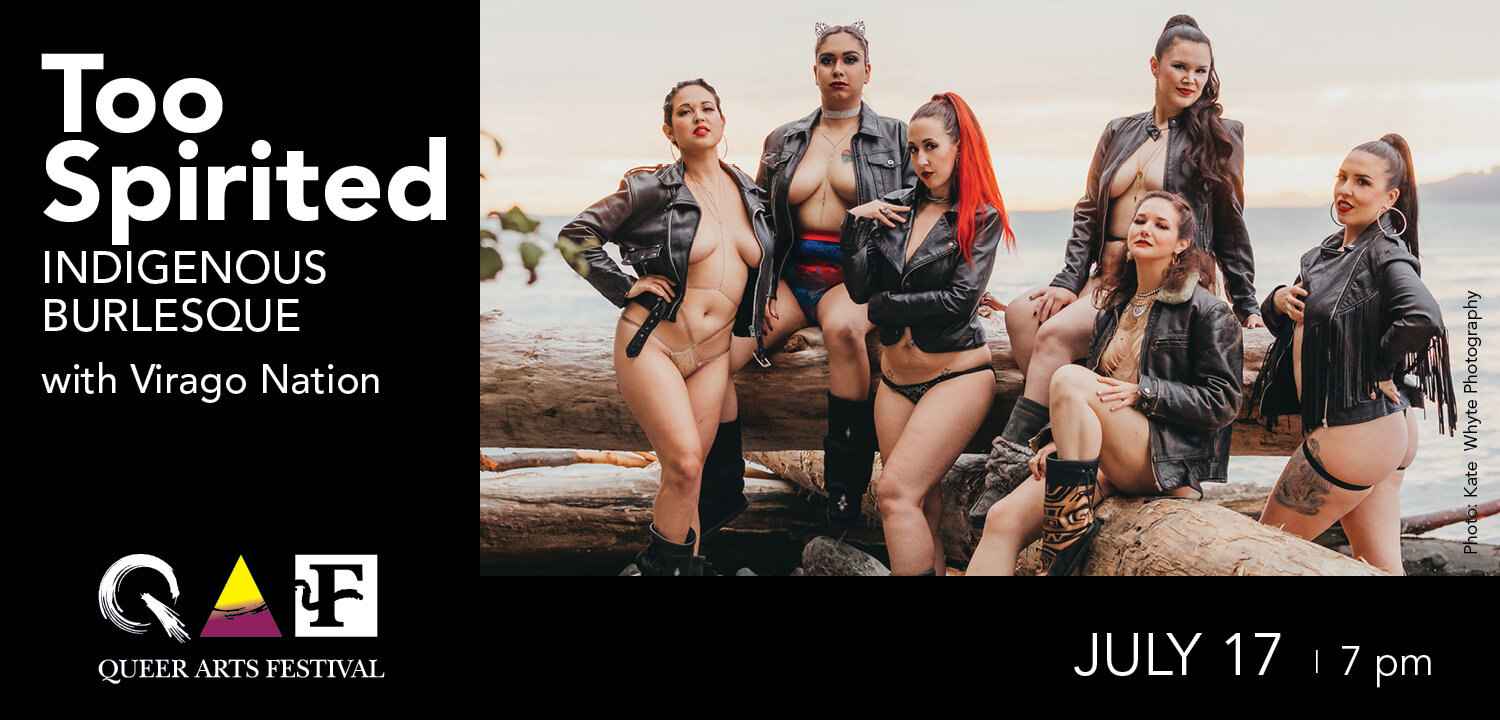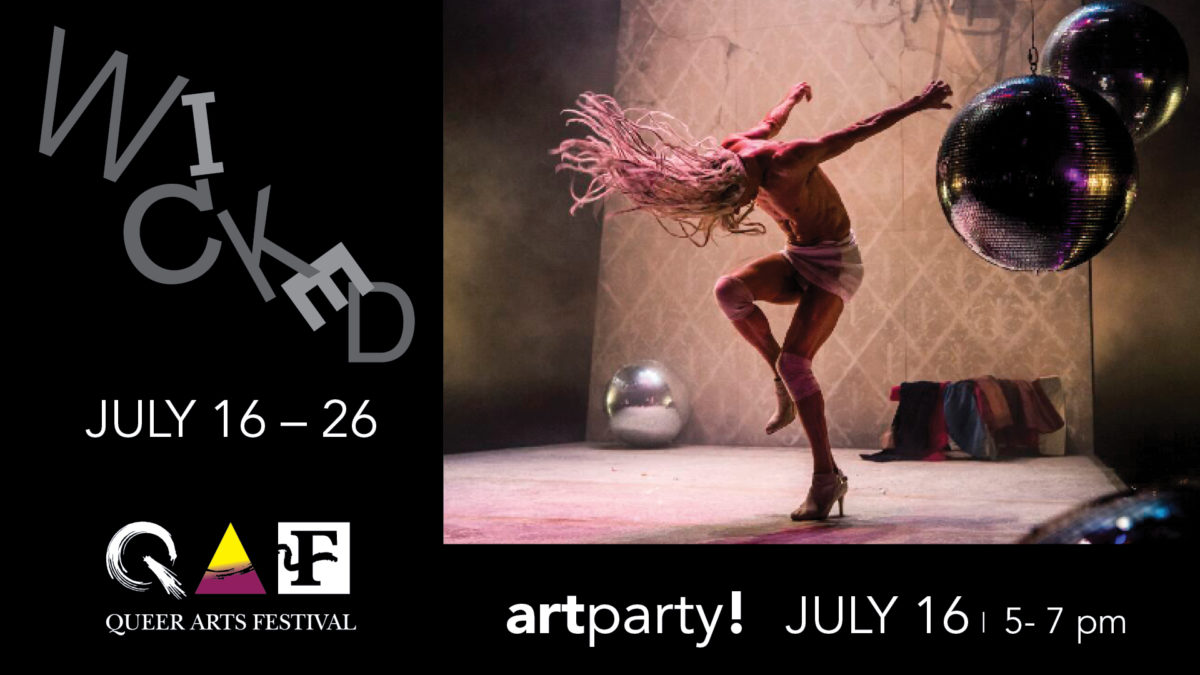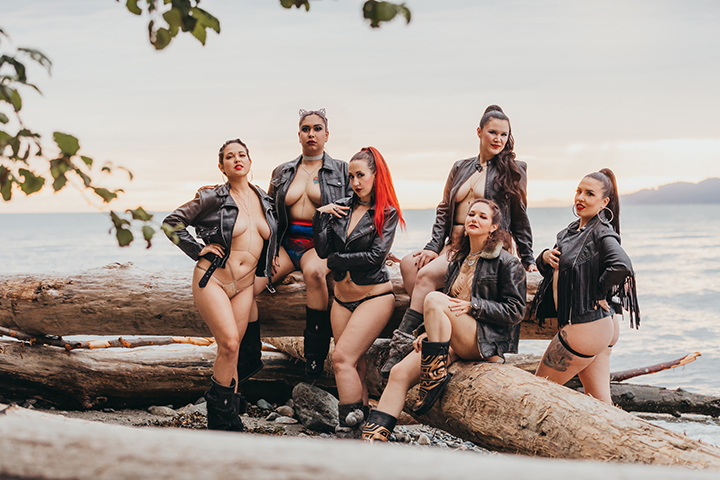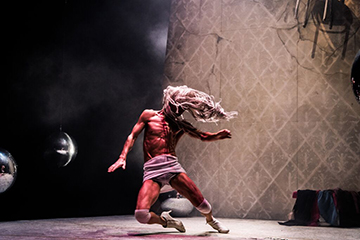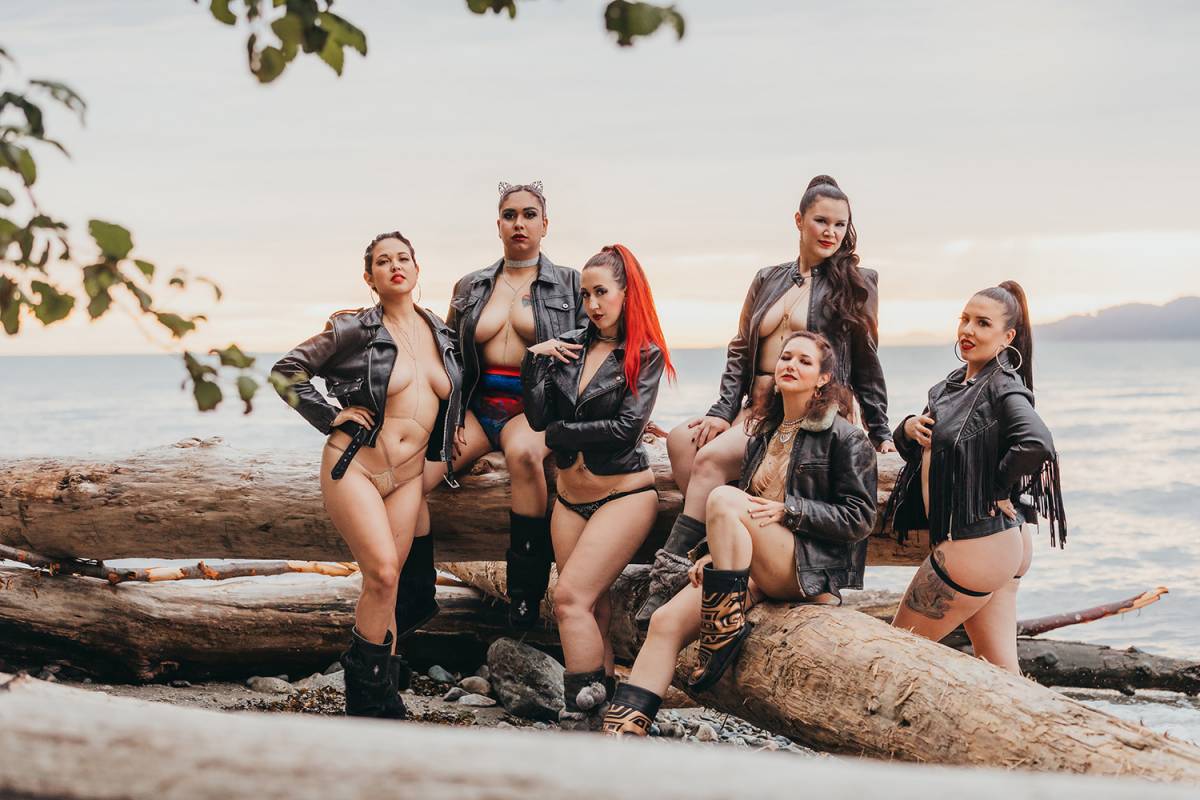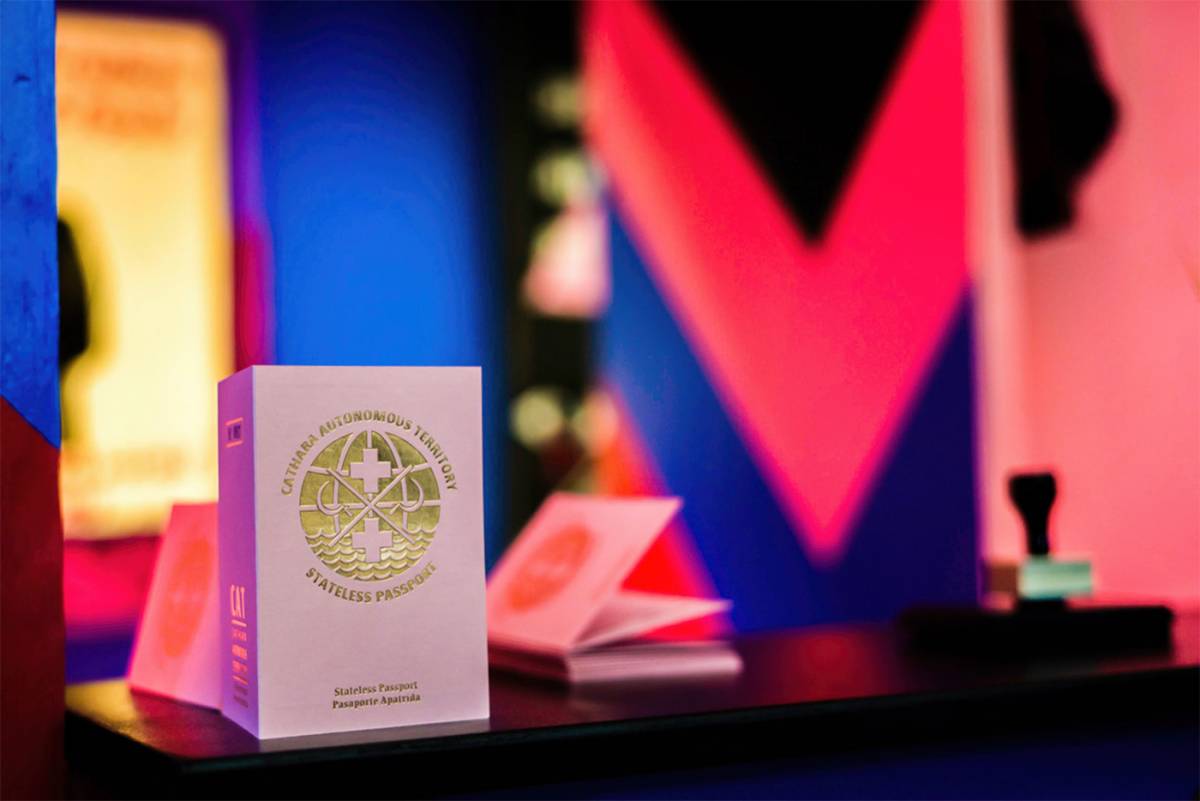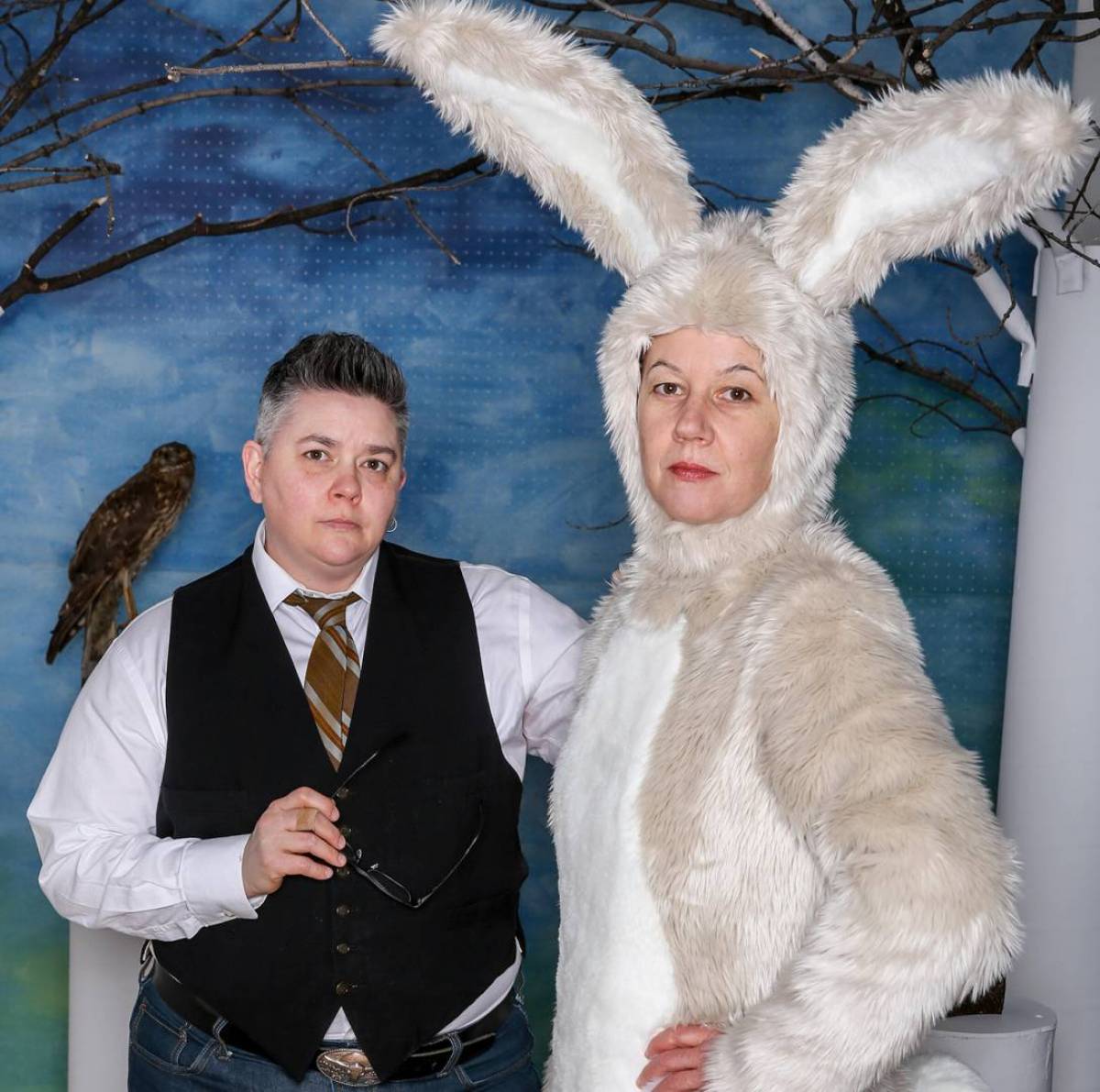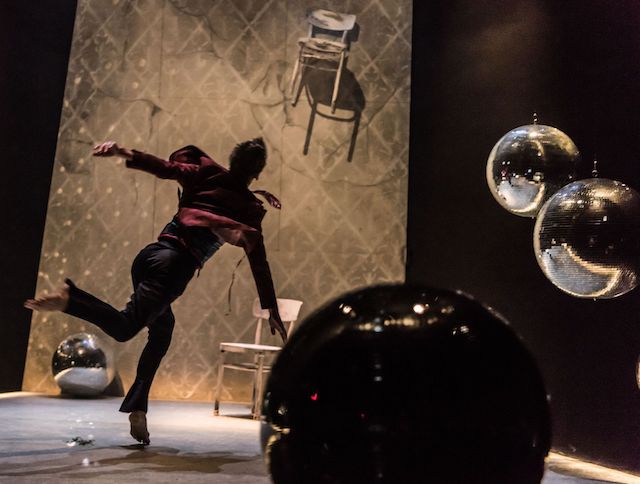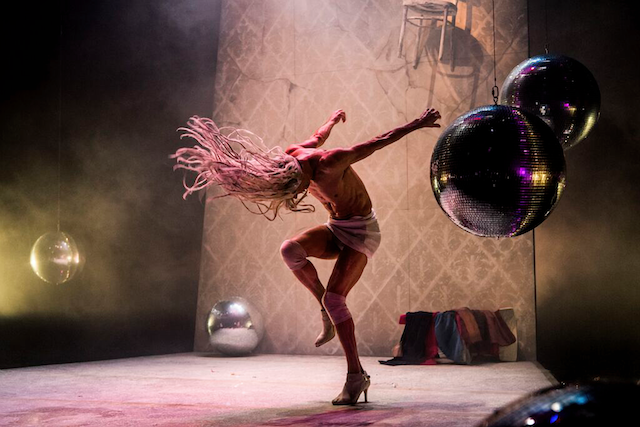Vancouver Sun | Julia Piper | July 15
1. Matthew Good
Info: $20, sidedooraccess.com
When: July 17, 6 p.m.
Info: $20, sidedooraccess.com
Canadian singer-songwriter Matthew Good performs an acoustic set of songs from his expansive catalogue, from his home. This will be an interactive experience, with Matt answering questions from the audience. The evening will be hosted by Dan Mangan.

2. Bill Reid Gallery of Northwest Coast Art
Where: 639 Hornby St.
Info: 604-682-3455, billreidgallery.ca
The Bill Reid Gallery is the only public gallery in Canada dedicated to contemporary Indigenous Northwest Coast art. On July 16 the gallery opens two new exhibitions: To Speak with a Golden Voice, and Yahguudangang — To Pay Respect: The Repatriation Journey of the Haida Nation. To Speak with a Golden Voice celebrates the centennial birthday of acclaimed artist Bill Reid. The exhibit includes rarely seen artworks, works by Robert Davidson and Beau Dick, and two new commissions. | Housed in collections and museums around the globe, the Haida Nation have identified over 12,000 stolen or sold ceremonial objects, belongings, and ancestral human remains in the last century. The Yahguudangang exhibit showcases more than 1,000 images of such artifacts, offering a look at one nation’s drive to take back its cultural treasures and history.
3. Instrumental Measures — Gallo Chamber Players
Where: Online
When: July 17, 7 p.m.
Info: Free, knoxunitedvancouver.org
The Gallo Chamber Players are a Vancouver-based ensemble of early music performers. This free performance will consist of works from the classical era for two violins and cello. Featured on the program is a virtuoso violin duet by Chevalier de Saint-Georges, and trios by Carl Stamitz and Francois-Joseph Gossec. A Performer’s Talkback will be held following the performance.
4. 2020 Queer Arts Festival: Wicked
Where: Online
When: July 16-26
Vancouver’s artist-run, professional, multidisciplinary roister of queer arts, culture and history returns. The Queer Arts Festival (QAF) is recognized as one of the top five festivals of its kind worldwide and has garnered wide acclaim. This year the festival has been reimagined to provide Queer Art from a digital distance, bringing you 11 days of streaming art tours, performances, presentations and more.

5. Modern in the Making: Post-War Craft and Design in British Columbia
Where: Vancouver Art Gallery, 750 Hornby St.
When: July 18-January 3, 2021
Info: Regular gallery admission applies, vanartgallery.bc.ca
Featuring more than 300 works created from 1945 to 1975, the Gallery’s newest exhibit, Modern in the Making: Post-War Craft and Design in British Columbia, is a broad look at the mid-century craft and design scene in B.C. Discover the furniture, fashion, ceramics, jewelry and textiles that defined West Coast Modern living in the mid-Twentieth Century.
6. Ladies Sing the Blues
Where: Online
When: July 18, 7 p.m.
Info: $19.50, bluefrogstudios.ca
Settle in for a homage to the blues giants including Aretha Franklin, Tina Turner, Etta James, Gladys Knight, Aaron Neville, Rolling Stones, Led Zeppelin, James Brown, Van Morrison, Jr. Walker, and many more. Features female vocalists Joani Bye, Nadine States, Leslie Harris, Catherine St. Germaine and Amanda Dean, backed by Rob Montgomery and his All-Star Band.

7. Cloverdale Drive-Thru Food Truck Festival
Where: Cloverdale Fairgrounds, 6050 176th St., Surrey
When: July 18 and 19, 11 a.m.-6 p.m.
Info: Free admission, greatervanfoodtruckfest.com
This drive-thru food truck festival will feature seven different food trucks each day. Be sure to bring your appetite! Saturday’s line up will feature: Tin Lizzy Concessions — mini doughnuts, Mo-Bacon, Holi Masala, Lenny’s Lemons, Next Gen. Concessions Inc. — Street dogs, fries and poutine, Ford Concessions Inc. — Steve’O’s Fried Chicken, Betty’s Greek Honey Ballz — Loukoumades. | Sunday’s line up includes: Rocky Point Ice Cream, REEL Mac And Cheese, Wings Tap And Grill, Next Gen. Concessions Inc. — Funnel Cakes, The Truckin’ BBQ, Ford Concessions Inc.— Los Tacos Hermanos, Lenny’s Lemons.
8. Indian Summer Festival: 10th Anniversary Closing Party
Where: Online
When: July 18, 7-9 p.m.
Info: Registration is free. The Package is $55 and includes a home delivered meal and access to the after party, eventbrite.ca
The Indian Summer Festival wraps up their 10th anniversary with a closing party. This online version together is as close as you can to the real thing, and even comes with food! The event includes a concert featuring some of the most gifted musicians in our part of the world, plus a home-delivered multi-course menu by award-winning Chef Tushar of Indian Pantry. There will also be an after featuring DJ sets and a few surprises.

9. Budweiser Stage at Home: City and Colour & Leon Bridges
Where: Online and Citytv
When: July 18, 8 p.m.
Info: citytv.com
The sixth episode of this weekly television series features singer songwriter, Dallas Green, who records under the name City and Colour, and was a singer, songwriter and guitarist for the post-hardcore band Alexisonfire. Joining him will be Leon Bridges, whose debut album was nominated for Best R&B Album at the 58th Annual Grammy Awards and won a Grammy for Best Traditional R&B Performance in 2019.
10. Queens Park Craft Crawl
Where: Queens Park neighbourhood, New Westminster
When: July 18, 10 a.m.-4 p.m.
Info: royalcitygogos.org
The Royal City Gogos welcome you to the Queens Park Craft Crawl at four sites in New Westminster — 127 Queens Avenue, 123 Queens Avenue, 333 Third Street, and 117 Fifth Avenue. Find unique, high quality crafts and support local artists and artisans. All proceeds benefit to the Stephen Lewis Foundations’ Grandmothers to Grandmothers Campaign in solidarity with African grandmothers caring for children orphaned by AIDS. Shoppers are asked to wear masks, and COVID-19 safety guidelines will be followed.

11. Busy Beavers
Where: Online
When: July 21, 5-6:30 p.m.
Info: Sliding scale: $10-$20, must be purchased in advance, eventbrite.ca
Tune into this webinar presented by the Stanley Park Ecology Centre and learn about one of Stanley Park’s most charismatic creatures — the beaver! During this program, you will find out the beaver basics, like what they eat, why they chomp on trees, and the difference between lodges and dams. We’ll also talk about the beavers that live in Stanley Park, and how they help keep their namesake, Beaver Lake, healthy.
12. Art Masters 2020
Where: Lot 19, 855 W. Hastings St.
When: July 22, noon-2 p.m.
Info: Free, vanvaf.com
Art Masters is an art competition where eight professional artists create a piece of artwork based on a theme. The artists will have just one hour to create a piece using a mystery tool box filled with unconventional painting tools. Audience members can vote for their favourite piece, and the artworks will be auctioned off. Live music and an art sale will follow the competition. This is a weather dependent event.
Event listings can be emailed to Julia Piper: jpiper@postmedia.com
For a complete list of events or to submit your own community listing please visit vancouversun.com or theprovince.com
